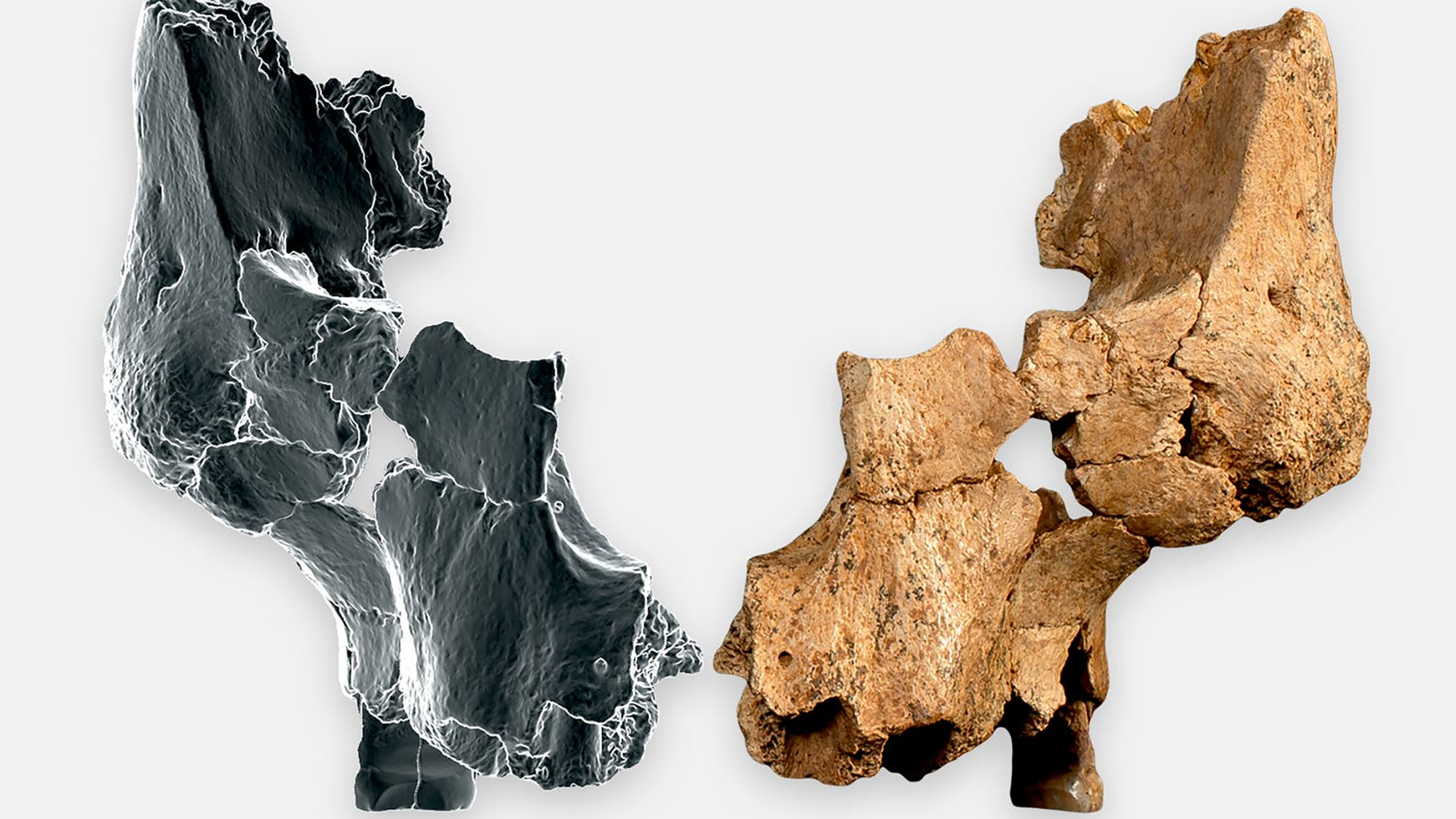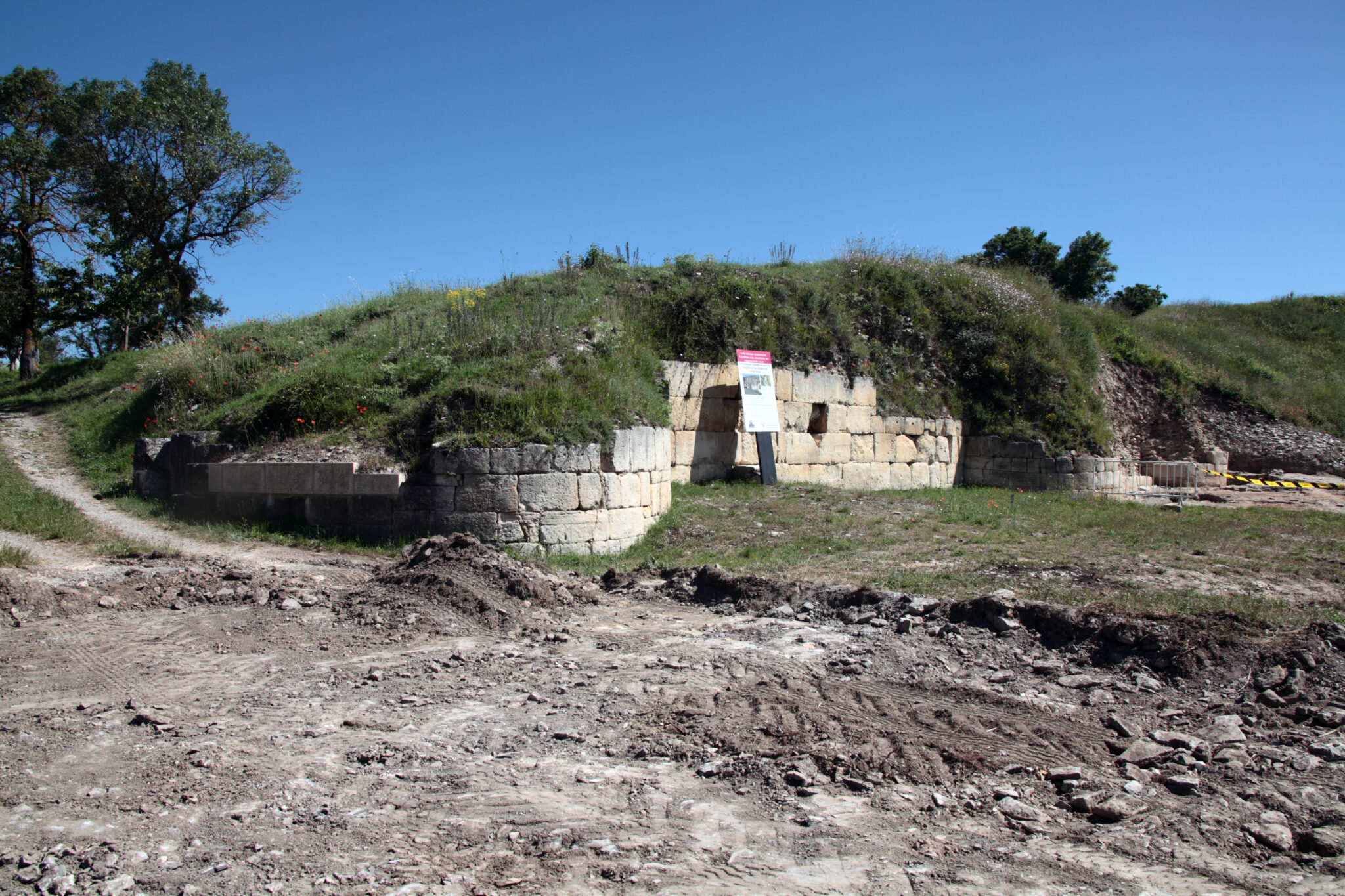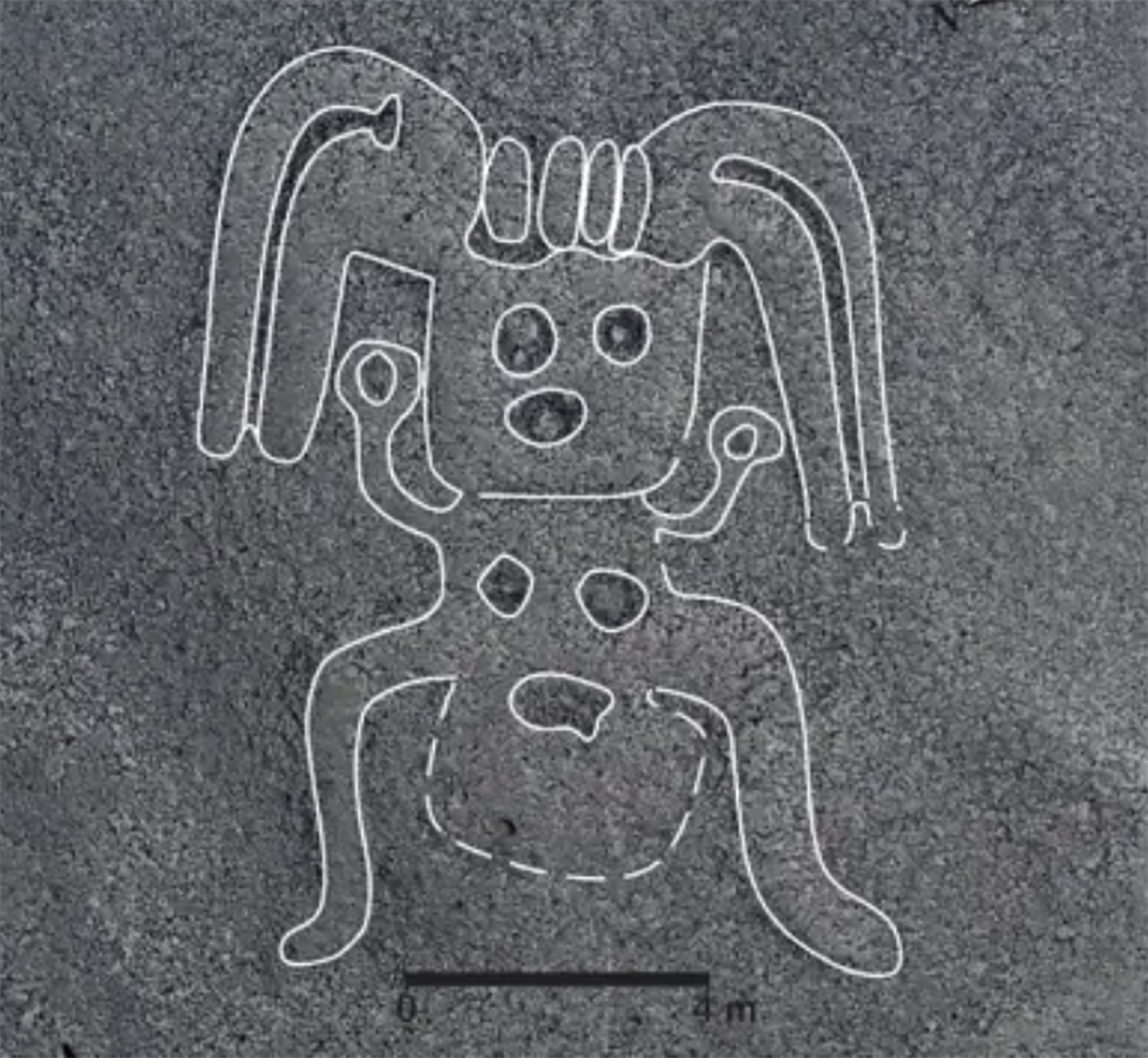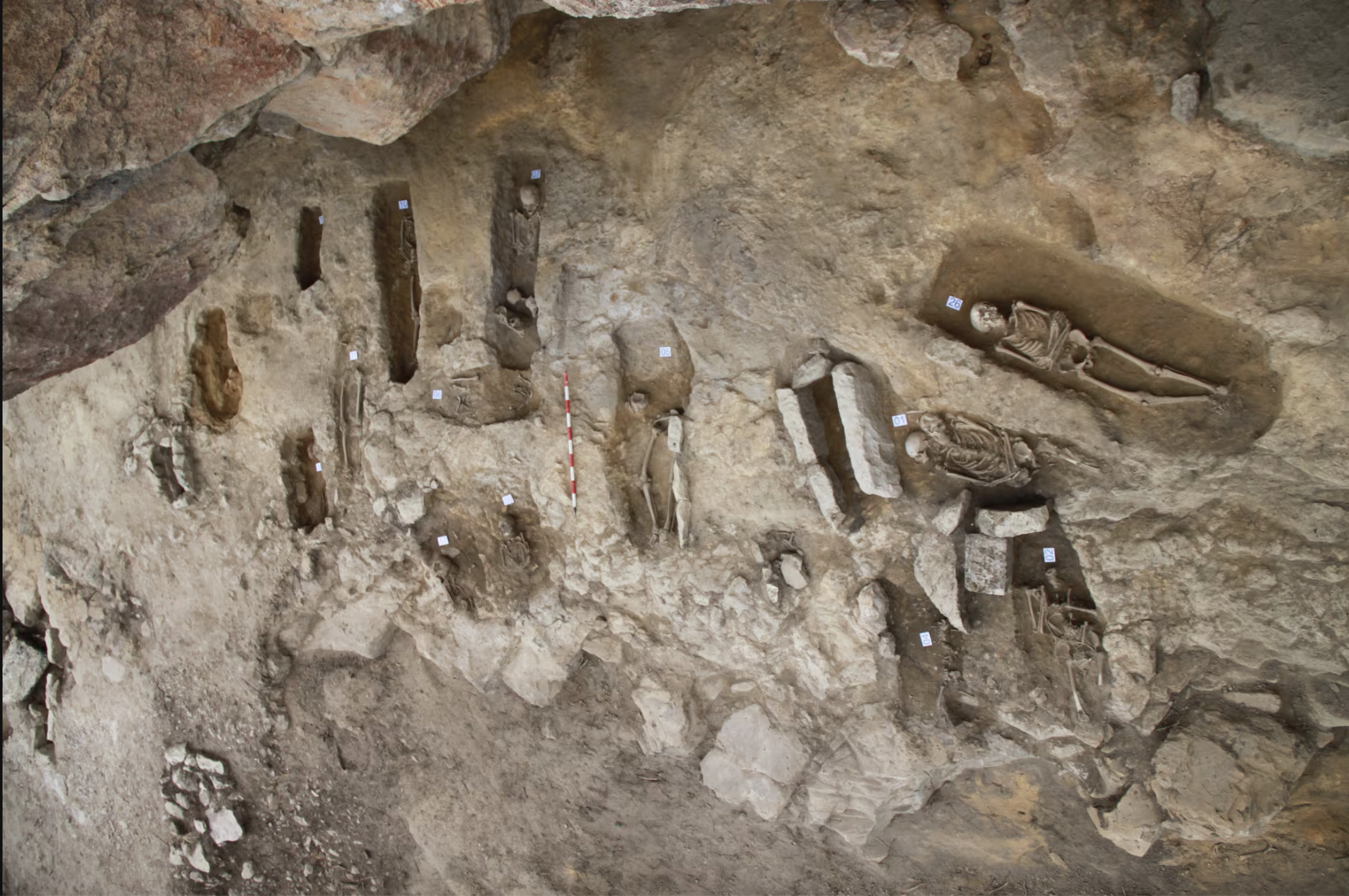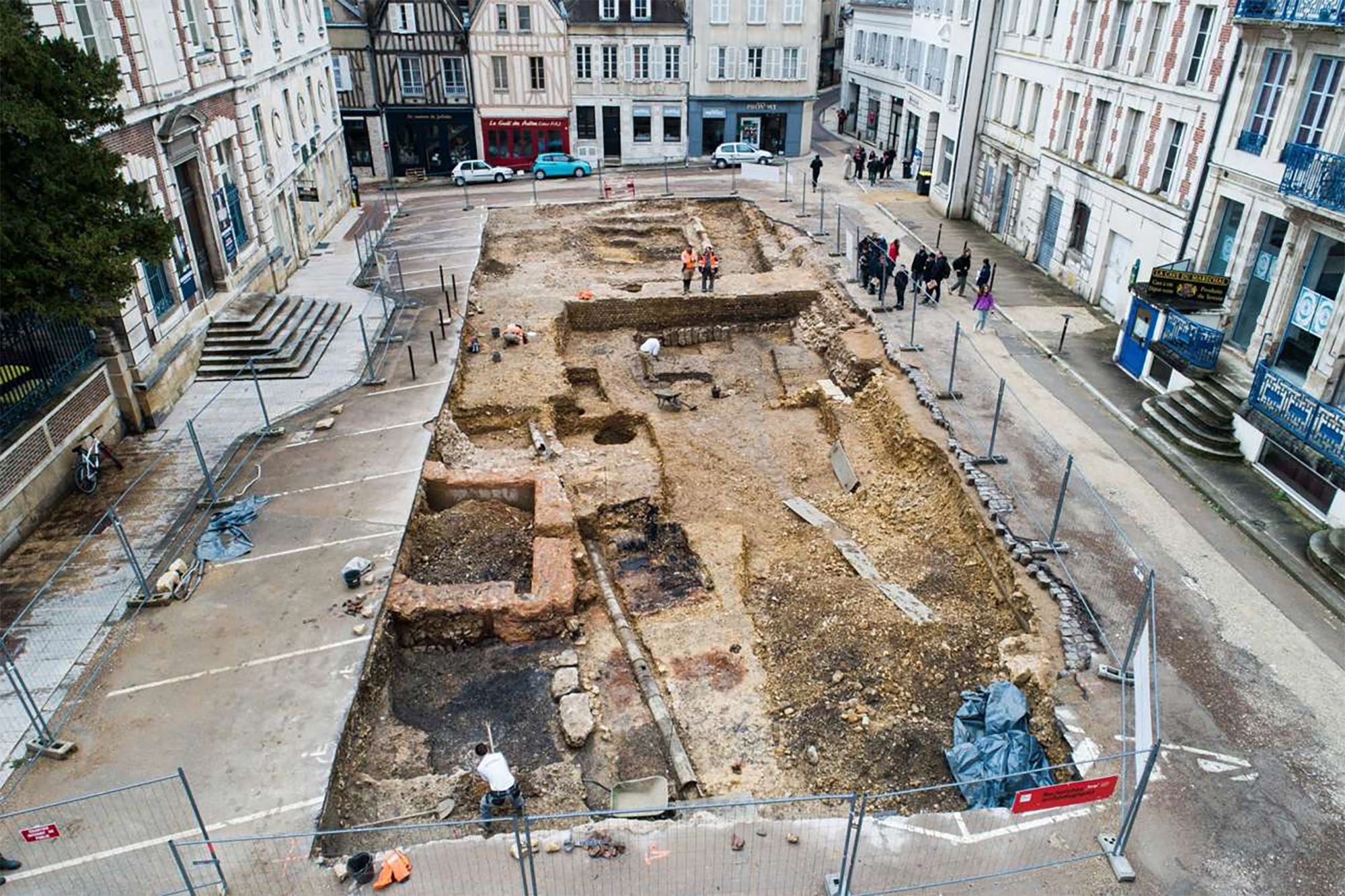An altar dedicated to the Basque god Larrahe is discovered in Larumbe
- It is a stone piece from the 1st century and another written testimony of the Vascó n.El discovery has been made by researchers of the Society of Aranzadi Sciences in the site of Mount Arriaundi.

Researchers of the Society of Sciences Aranzadi have found in Navarra an altar dedicated by a woman, Valeria Vitella, to the Basque god Larrahe. It is a stone piece from the first century and a new written testimony of the Vascon. It contains a Latin text in which Larrahe is written. In Larumbe it is discovered in the site located on the top of Mount Arriaundi.
Coordinated by Aranzadi members, the piece has been analyzed by experts from different areas: Experts from the University of the Basque Country and the Universities of Barcelona, Burgos and Pau.
It was discovered in 2022 in an excavation that was taking place in the medieval monastery of Doneztebe / Santesteban. The altar is a testimony of the cults to gods and gods in the Roman era. The piece was found in a well located on the sides of the monastery. According to Aranzadi members, the piece has not been found in its original location, as it is designed to stand, be visible or legible. They don't know if they purposefully put him or threw him there.
In most altars of the Roman era the name of the god or goddess they worship and the name of the person who makes the dedication usually appear. In this case, the text Valeria Vitella says. It is built in a monolithic block of calcarenite and on its top it has a circular focus. Through it, rituals were made, such as spilling wine or burning some kind of incentive. It contains a text divided into five lines:
Val(eria)·V[i]-
tlfno
m(erito? )·La·r-
a·he·vo(tum)
l(ibens)·s(solvit)
The discovery has expanded the famous field of worship of this god. So far, three more altars have been found in Muruzabal Andión (Mendigorría, former Andelo), Irujo and Errezun, only in the Arga River basin and in the Basque territories near the Gesalatz River.
Writing details
The linguists Joakin Gorrotxategi and Javier Velaza are some of the experts who have analyzed the piece. They give some details about writing, like the suffix, which is shaped like a vasconic dative. That is, it answers the question for whom: in this case for the god Larra. In addition, they have highlighted that nowadays, due to its relationship with the Basque Country, it can be a god related to culture or territory.
They also highlighted the letter R. Although on the altar on Saturday the name of the god appears written with a single r, in other places the name also appears with a double r. This means that the r at the time is related to the hard r that the Basque country has.
The letter H is also an indicator of the relationship of the text with the Basque country. This letter marks the sigh, and according to the experts, only the Aquitan or Vascon, languages directly related to the Basque Country, had that sigh.
Juantxo Agirre Mauleon, archaeologist of the Aranzadi Society, explains more details of the discovery in an interview held in Euskalerria Irratia.
Aranzadi Zientzia Elkarteko Etnografia Sailaren zuzendari berria da Maite Errarte Zurutuza (Beasain, 1995), urrian Fermin Leizaolaren lekukoa hartu ondoren. Kultura materiala aztertzen jarraitzeko beharra azpimarratu du, gizartearen memoria eta bizimodu aldaketak erregistratzeko... [+]
Atapuercako aztarnategian hominido zahar baten aurpegi-hezur zatiak aurkitu dituzte. Homo affinis erectus bezala sailkatu dute giza-espezieen artean, eta gure arbasoek Afrikatik kanpora egindako lehen migrazioei buruzko teoriak irauli ditzake, adituen arabera.
Martxoaren 30erako Iruña-Veleia martxan, SOS Iruña-Veleia eta Euskeraren jatorria elkarteek manifestaziora deitu dute, Aski da! Argitu, ez suntsitu lelopean. Azken bi urteetan "hondeatzaileak sistematikoki eremu arkeologiko oso aberatsak suntsitzeko modu... [+]
Ethiopia, 24 November 1974. Lucy's skeleton was found in Hadar, one of the oldest traces of human ancestors. The Australian hominid of Australopithecus afarensis is between 3.2 and 3.5 million years old.
So they considered it the ancestor of species, the mother of all of us. In... [+]
While working at a site in the Roman era of Normandy, several archaeology students have recently made a curious discovery: inside a clay pot they found a small glass jar, of which women used to bring perfume in the 19th century.
And inside the jar was a little papelite with a... [+]
A team of researchers led by the Japanese archaeologist Masato Sakai of the University of Yamagata has discovered numerous geoglyphs in the Nazca Desert (Peru). In total, 303 geoglyphs have been found, almost twice as many geoglyphs as previously known. To do so, researchers... [+]
Treviño, 6th century. A group of hermits began living in the caves of Las Gobas and excavated new caves in the gorge of the Laño River, occupied since prehistory. In the next century, the community began to use one of the caves as a necropolis. In the 9th century they left the... [+]
On August 1, a dozen people from the family were in Aranguren. Two young people from Aranzadi made firsthand the excavations and works being carried out in Irulegi. This visit is highly recommended, as it reflects the dimension of the work they are doing.
Halfway, at the first... [+]
In the desert of Coahuila (Mexico), in the dunes of Bilbao, remains of a human skeleton have been found. After being studied by archaeologists, they conclude that they are between 95 and 1250 years old and that they are related to the culture of Candelaria.
The finding has been... [+]
The Roman city of Santakriz is an impressive archaeological site located in Eslava, near Sangüesa. Apparently, there was a fortified people of the Iron Age, and then the Romans settled in the same place. Juan Castrillo, himself a priest of Eslava, gave the site for the first... [+]
This winter the archaeologists of the INRAP (National Institute of Preventive Archaeological Research) have found a special necropolis in the historic centre of Auxerre (French State), a Roman cemetery for newborn babies or stillbirths. - Oh, good! The necropolis used between... [+]









